Darren Aronofsky's The Fountain is one of the most curious cinematic cases of the past decade and a half. After making a name for himself with the stylish low-budget Pi and Requiem for a Dream in the late 90s and early aughts, Aronofsky seemed poised to become the next major cinematic wunderkind.
Alas, Aronofsky ran into massive production woes when it came time to make The Fountain, a sprawling sci-fi epic that spans 1,000 years in time. The ambitious story of a scientist determined to cure his wife's terminal cancer ran into several production problems along the way. Here are a few more hidden details about the film, its origins, and its production.
10 Conception
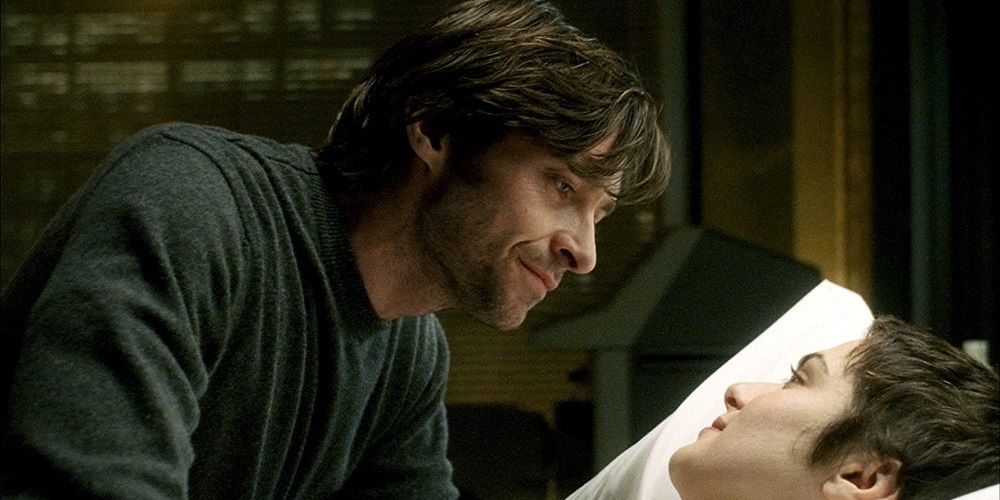
When Aronofsky turned 30 in 1999, he began to contemplate his own mortality. Coupled with his parents' grave illness at the time, Aronofsky began to conceive of the story about a man willing to stop at nothing to save a loved one from cancer.
The result was a draft of The Fountain, a nonlinear sci-fi epic in which neuroscientist Tom Creo (Hugh Jackman) dedicates his life's work to curing his wife Izzy's "disease of death." Although he began work on the story in the early 2000s, the final film would not be released until 2006.
9 Cinematic Inspiration
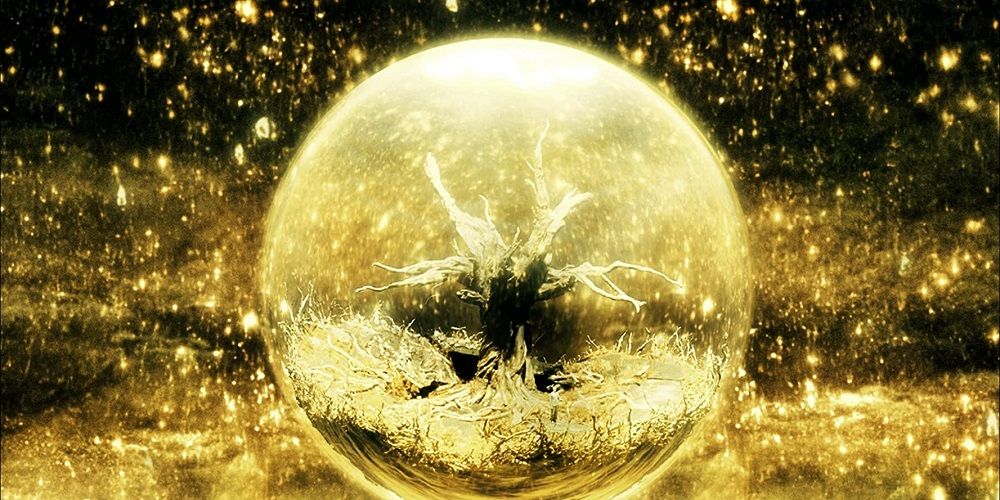
Aronofsky drew inspiration for The Fountain from several sources, including a host of wide-ranging movies. Thematically, Aronofsky credited The Matrix and Kubrick's 2001: A Space Odyssey for informing the philosophical tenets of the movie.
The director also cited the epic scale of Sergio Leone's Once Upon A Time in America, the jungles of The Holy Mountain and Aguirre, the Wrath of God, and the fantasy elements of Memories of Fire as major influences on The Fountain.
8 Brad Pitt's Involvement
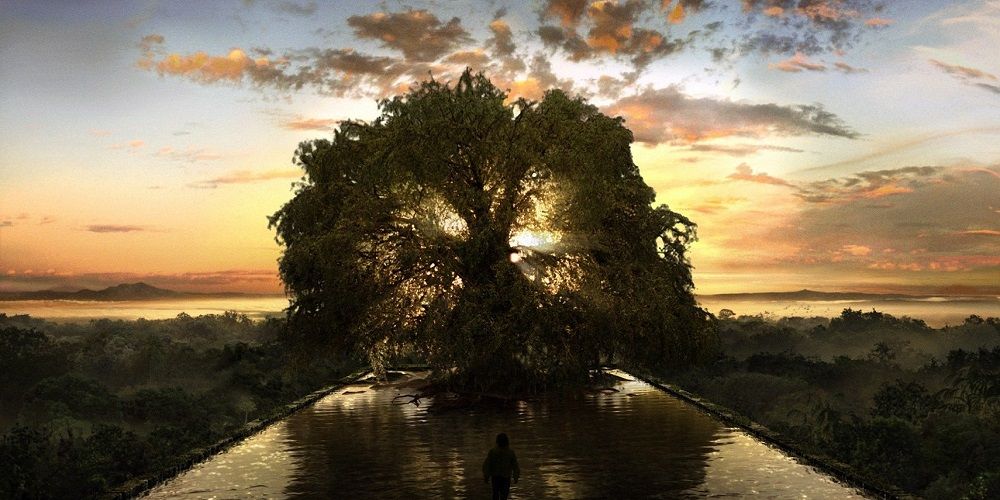
In 2002, Warner Bros. and New Regency gave The Fountain a green light with a $70 million budget. The primary contingency was the casting of Brad Pitt in the starring role, who was cast alongside Cate Blanchett.
In the wake of massive creative differences between star and director, Pitt left the production to make Troy instead. As a result, Warner Bros. shut down production on The Fountain, where it languished for two years. In 2004, the film was resurrected with a halved budget of $35 million, and Hugh Jackman was cast in Pitt's place.
7 Auctioned Sets

Following Pitt's departure from The Fountain, a slew of collateral damage took place. Once Warner Bros. shut down production, several giant film sets and props built in Australia were auctioned off. Included in the auction was a 10-story Mayan temple that was meant to be a major set piece in the time period of the film set in the 15th century.
Moreover, several Australian crew members, extras, and production assistants were fired from the production. Cate Blanchett was paid for her time but relieved of her duties on the film, as well.
6 Graphic Novel
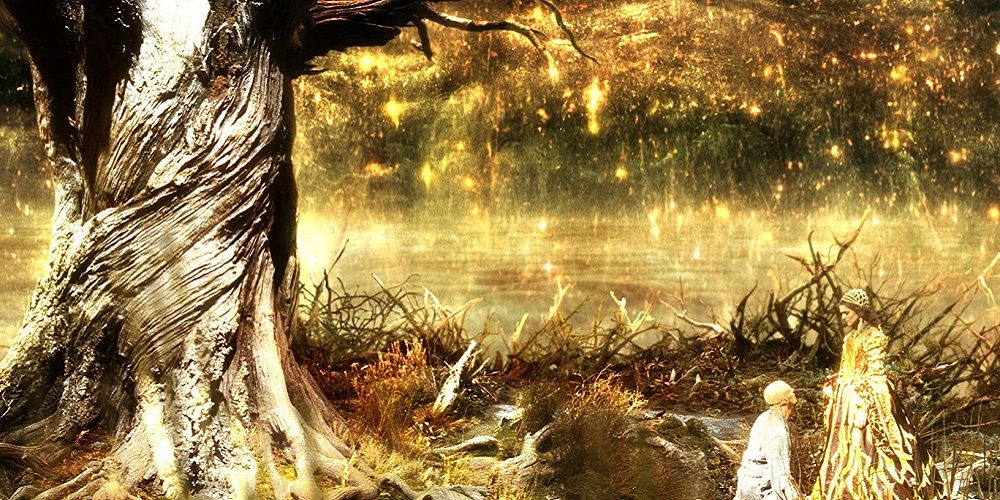
While production on The Fountain was halted from 2002 to 2004, Aronofsky permitted publication of a graphic novel based on his unproduced screenplay. After shopping around, Aronofsky went with Vertigo Comics and artist Kent Williams.
Aronofsky and producing partner Ari Handel gave Williams all the research materials they had been working on in pre-production on the film and gave him free rein to interpret the script as he wished. The Fountain graphic novel was published in November 2005, one year prior to the release of the film.
5 Authentic Mayan Extras
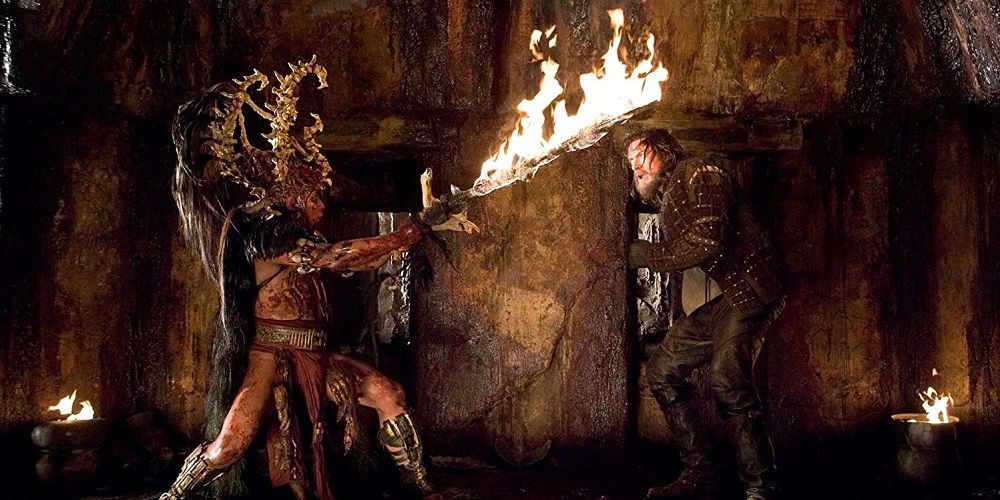
For the epic battle scene set in the 15th century, Aronofsky strove to ensure the utmost authenticity. As such, he flew 20 full-blooded Mayans from Guatemala to take center stage among myriad warrior extras. Many of them blessed the Mayan pyramid set upon arrival.
The only Mayan who could speak English onset was Fernando Hernandez, a real-life Maya spiritual leader, which led to his casting as the Lord of Xibalba in the film.
4 Kurosawa Connection
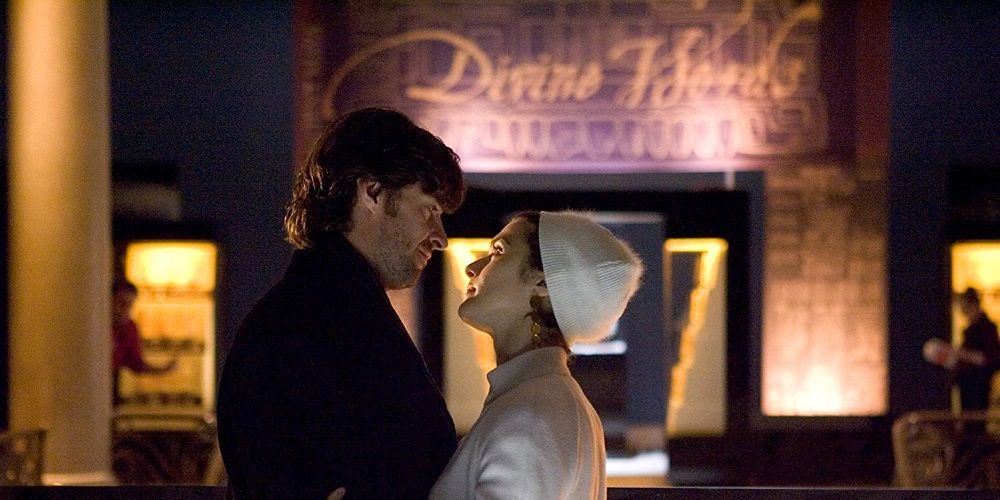
In addition to the cinematic inspiration Aronofsky drew from thematically, there's one overt nod to the style and technique of Japanese filmmaker Akira Kurosawa in The Fountain, as well.
In the scene when Tommy leaves the hospital and walks on the street, the shock and awe he feels from his wife's prognosis drown out every sound around him. The silent scene is lifted directly from Akira Kurosawa's 1952 film Ikiru, in which a man searches for the meaning of human existence following a devasting cancer diagnosis.
3 Rachel Weisz's Involvement
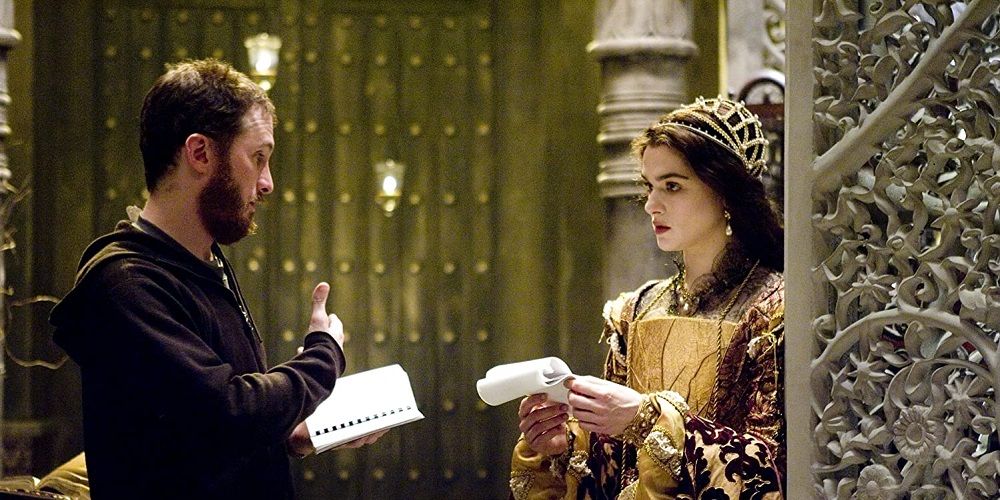
Following Cate Blanchett's departure from The Fountain, Aronofsky struggled to find an actress to replace her in the central role of Izzy Creo. After a widespread search, it was Hugh Jackman who suggested Rachel Weisz play the part, Aronofsky's girlfriend at the time.
Aronofsky initially balked at the idea of casting Weisz, afraid Warner Bros. would think he was showing his girlfriend favoritism. Only after Jackman's impassioned plea to cast her was Weisz officially added to the cast.
2 Organic VFX
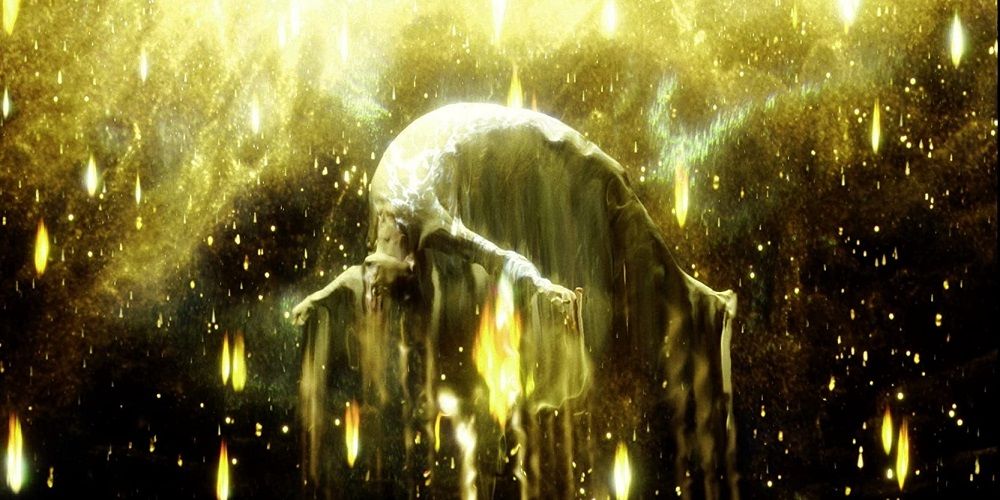
Due to the reduced budget and Aronofsky's desire to create a timeless spectacle, virtually no CGI augmentation was used for the film's visual effects. Instead, organic chemical reactions filmed in a microscopic Petri dish were used to create the visual splendor of outer space.
Aronofsky recruited specialist Peter Parks to film roughly 20,000 feet of footage in eight weeks of time. Parks grew bacteria and chemicals and filmed their interactions using microscopic photography. In the end, Parks achieved the VFX of The Fountain for just $140,000.
1 Aronofsky's Commentary

When The Fountain was released in November of 2006, the film earned roughly $3.7 million at the domestic box-office. Because of the low returns on their investment, Warner Bros. declined Aronofsky's desire to record an audio commentary for the film's DVD release.
As a result, Aronofsky recorded his own commentary from his home and released on his personal website. The commentary addresses all of the production woes which plagued production along the arduous journey.
from ScreenRant - Feed https://ift.tt/2XI6jNG


0 Comments